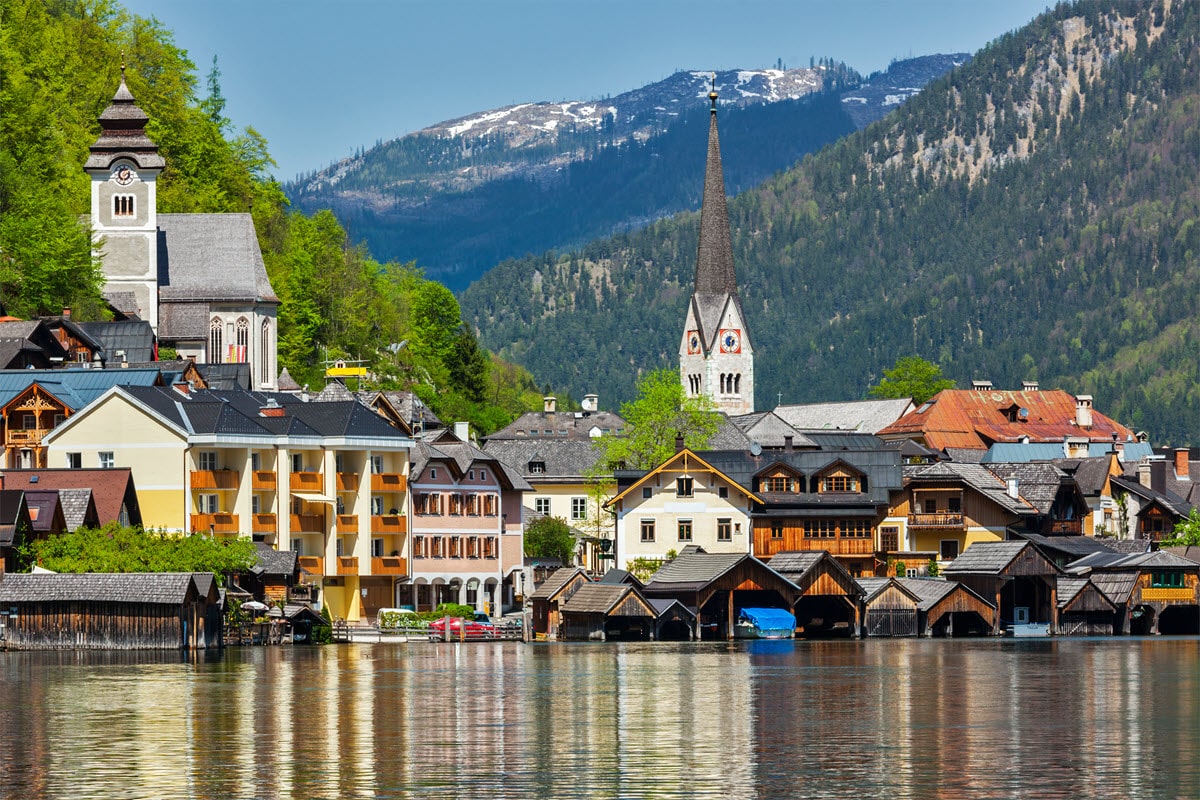Austria is a largely mountainous and landlocked country located in south-central Europe. It has a population of approximately 9 million. The country covers an area of 83,879 km2 (32,386 sq mi) making it slightly smaller than the U.S. state of Maine and also a bit smaller than Portugal. With neighboring Switzerland, it forms what is known as the neutral core of Europe.
Austria is known for its beautiful and historical capital of Vienna. It’s also a top winter sports destination as The Alps cover 62% of the country making it a skiing mecca. It’s also known to be the home and birthplace of classical music in Europe.
Vienna, Austria’s Imperial Capital
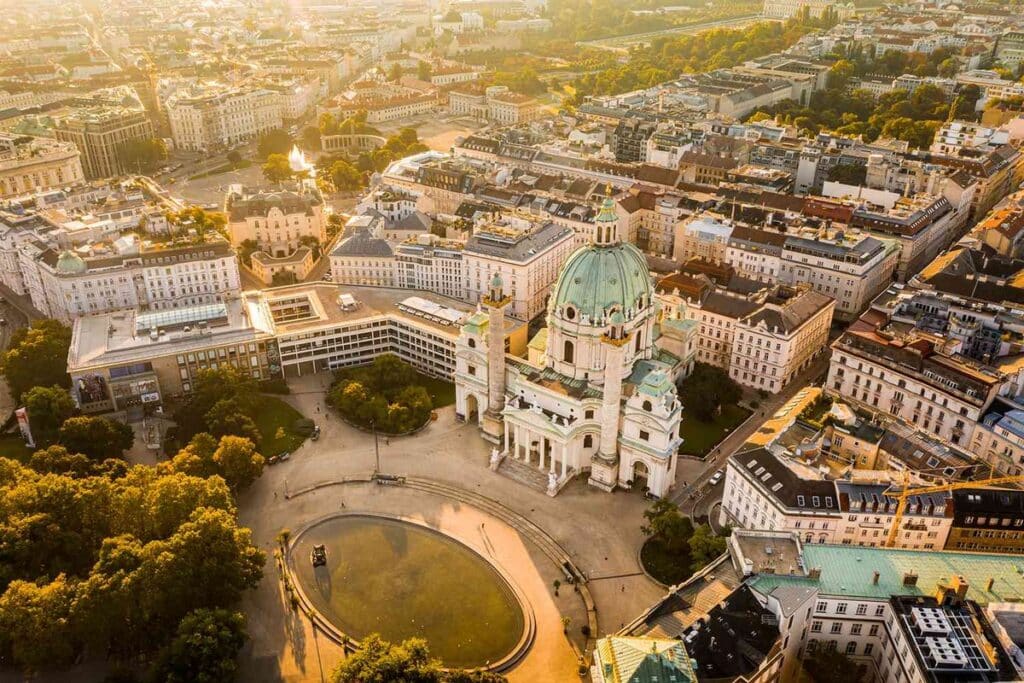
Vienna is Austria’s capital and also its top attraction with more than 17 million visitors each year thanks to the abundance of historical sightseeing opportunities, places, art, and musical heritage.
Vienna is a city steeped in history. From 1558 to 1918 it was an imperial city. Until 1806 it was the seat of the Holy Roman Empire and then the capital of the Austro-Hungarian Empire.
One of the things that make the city so special is that it’s still possible to live in a way that’s reminiscent of prior centuries. You can enjoy the same music in the same music halls, and drink coffee in the same coffee houses of yesteryear.
Salzburg
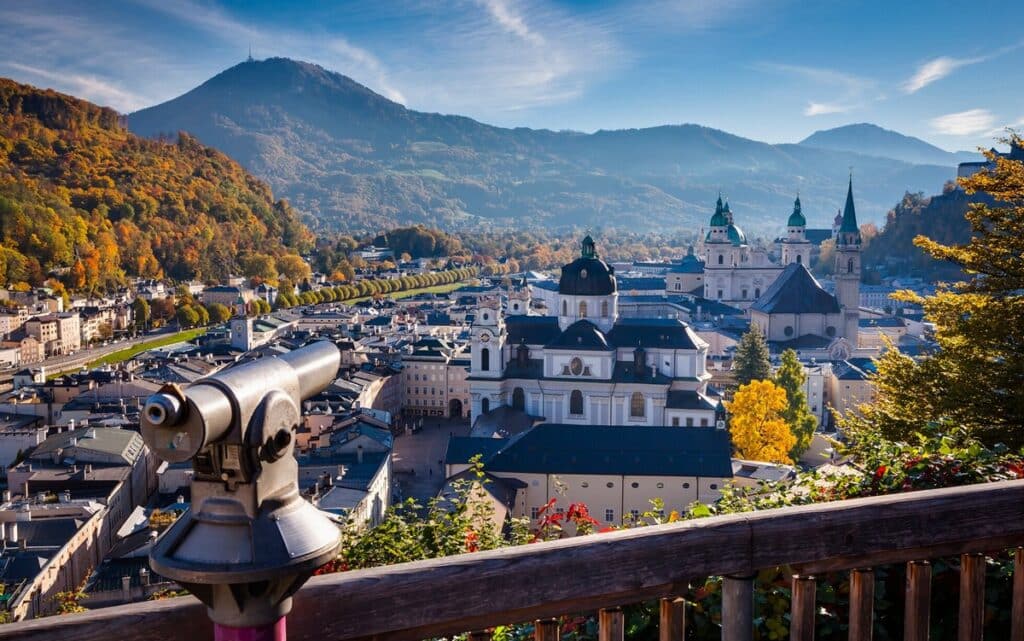
Since the earliest days of Christianity in Europe, Salzburg has been somewhat of a spiritual center on the continent. This was due to the fact that it served as the residence of Prince Archbishops. The Archbishops resided in the Benedictine Abbey of St. Peter, founded by St. Rupert in AD 690 until the early 1100s.
Not only can you visit the Abbey, but you can often enjoy a festival or dinner here. Mozart Dinner Concerts are held in the Baroque Hall at St. Peter Stiftskulinarium restaurant. Travel back to 1790 and experience a concert exactly in the way it was done centuries ago.
Graz
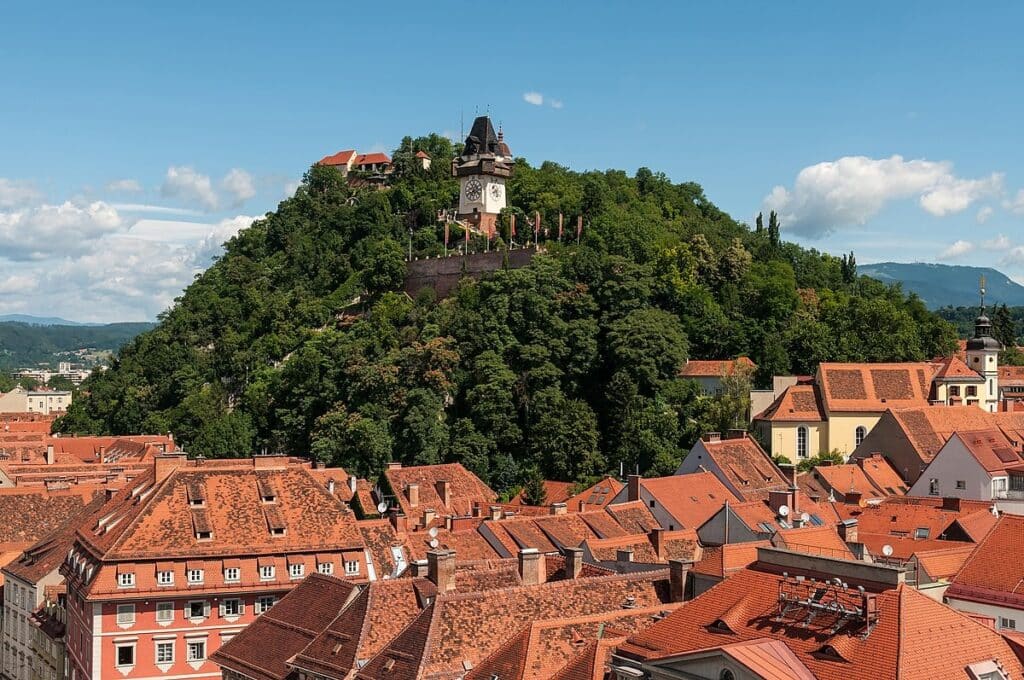
Graz is the second largest city in Austria and it’s the capital of the southern Austrian province, Styria. It’s one of the continent’s best-preserved cities with its medieval town square, the Hauptplatz being the town’s gem. Have a coffee in this beautiful square and wander the narrow surrounding streets for a unique shopping experience.
Graz was also named the European Capital of Culture in 2003 and the City of Design in 2009. The city also offers something for lovers of modern art. Across the River Mur, you’ll find the futuristic-looking Kunsthaus Graz which exhibits contemporary art.
Innsbruck
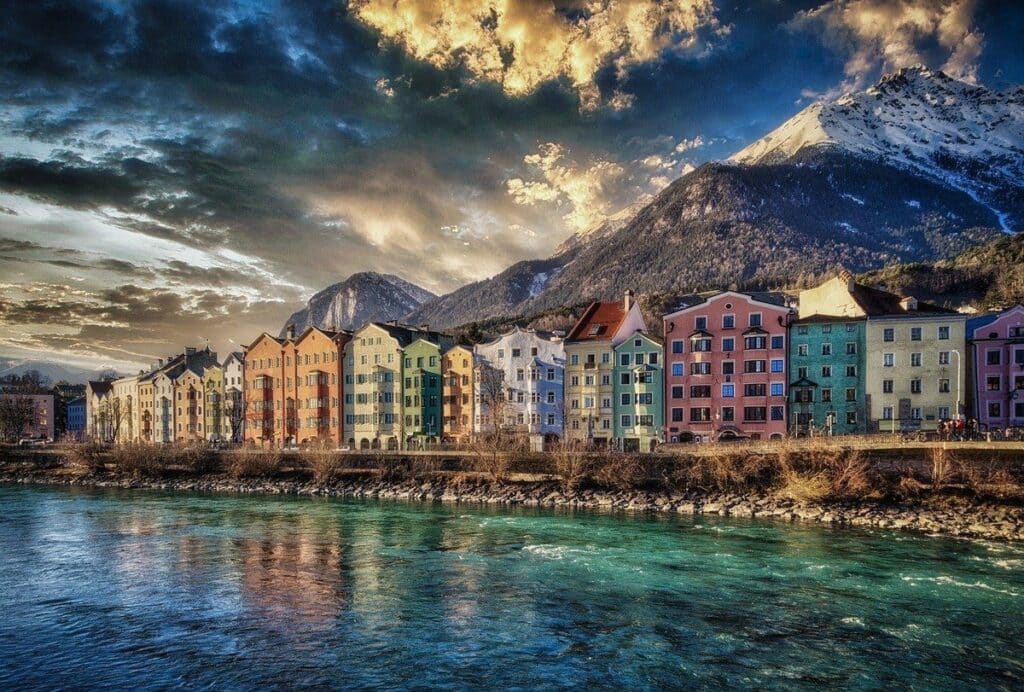
Innsbruck has become synonymous with winter sports as it’s one of the top destinations for skiing in Austria. It’s also home to incredible Imperial architecture as it used to be the residence and seat of the Hapsburg government in the late 1400s and early 1500s.
It’s also known for its Nordkette cable car designed by renowned architect Zaha Hadid. Its futuristic stations climb up to 2,256 m (7401 ft) for the city center for skiing in winter. It’s also used in summer for hiking and mountaineering.
Classical Music
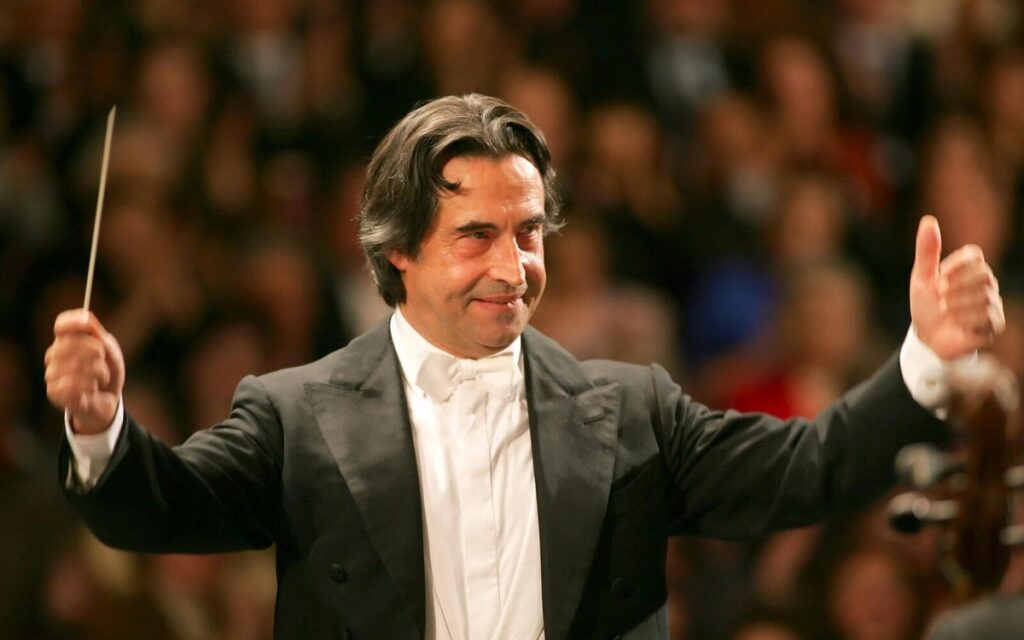
Austria is without a doubt the home and historic birthplace of classical music in Europe. Wolfgang Amadeus Mozart, Johan Strauss, Franz Schubert, Anton Bruckner, and Franz Joseph found their inspiration in the country.
Thanks to the numerous concert halls and orchestras across the country the tradition of classical music is alive and well. Fortunately attending a concert is no longer only possible for the rich and wealthy and you can easily get a ticket at a very reasonable price to attend a performance.
Austria’s most well-known cake: Sachertorte
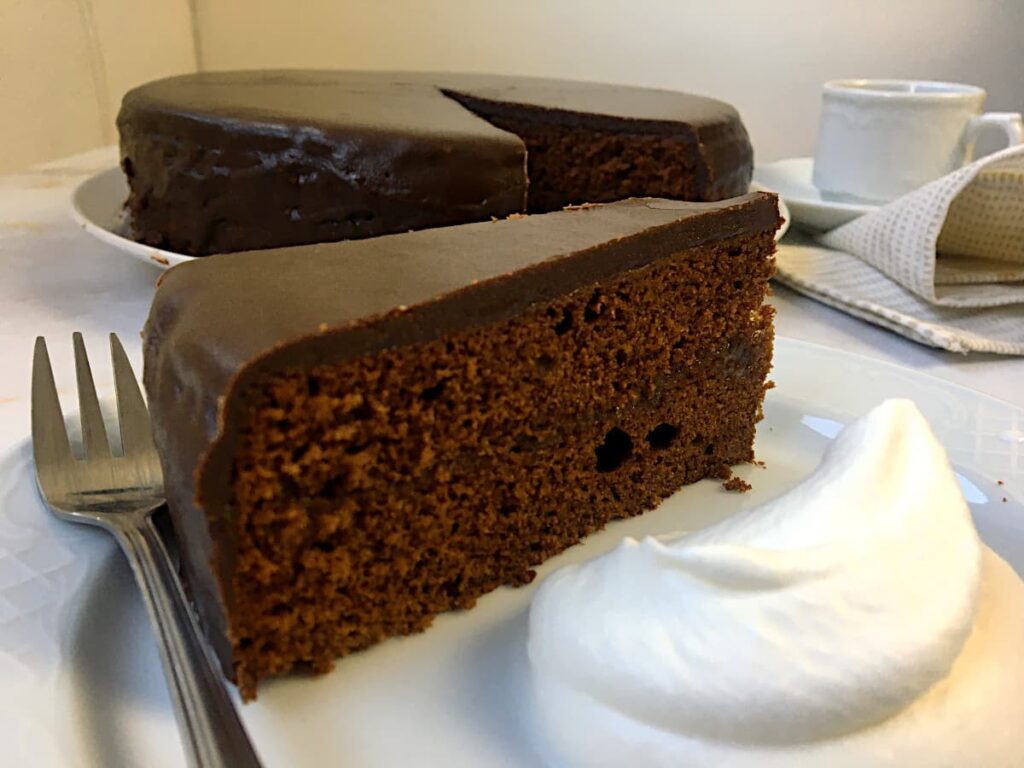
Austria’s most well-known cake came about almost accidentally. It was invented by Franz Sacher supposedly in 1832 for Prince Metternich in Vienna. Franz Sacher, a 16-year-old apprentice cook, was asked to prepare a special dessert as the official court pastry chef was ill.
He put together a dessert with the ingredients he had on hand and the sachertorte was born. It’s a chocolate cake with a little bit of apricot jam running through the middle. It’s covered in a chocolate glaze with a neat disc of solid milk chocolate to top it off and served with a generous helping of cream.
Coffee House Culture
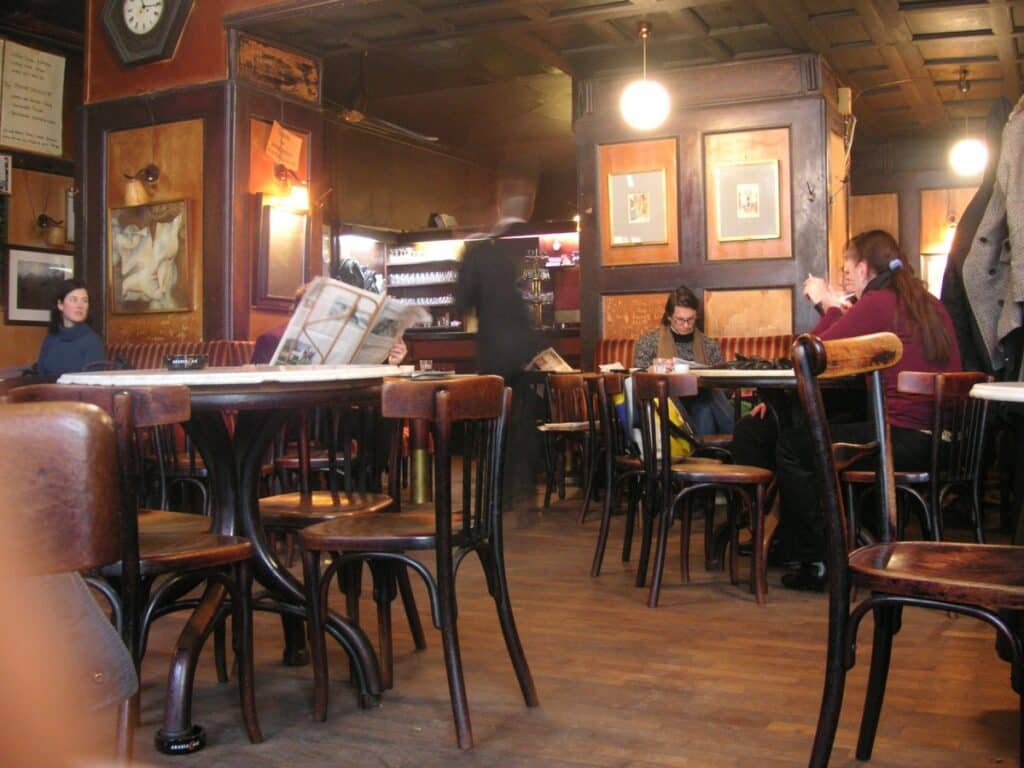
While many countries have unique coffee house cultures, it is so entrenched in the Viennese culture that UNESCO has included Viennese coffee house culture in the national inventory of intangible cultural heritage.
Locals used to view coffee houses as an extension of their small city apartments—a place to meet friends or where writers gathered to discuss their work.
These coffee houses are all characterized by a typical atmosphere and common elements. These include small marble-topped tables, Thonet chairs, nooks, and newspaper tables. All the interior design details are usually in the style of Historicism.
Vienna Philharmonic Orchestra
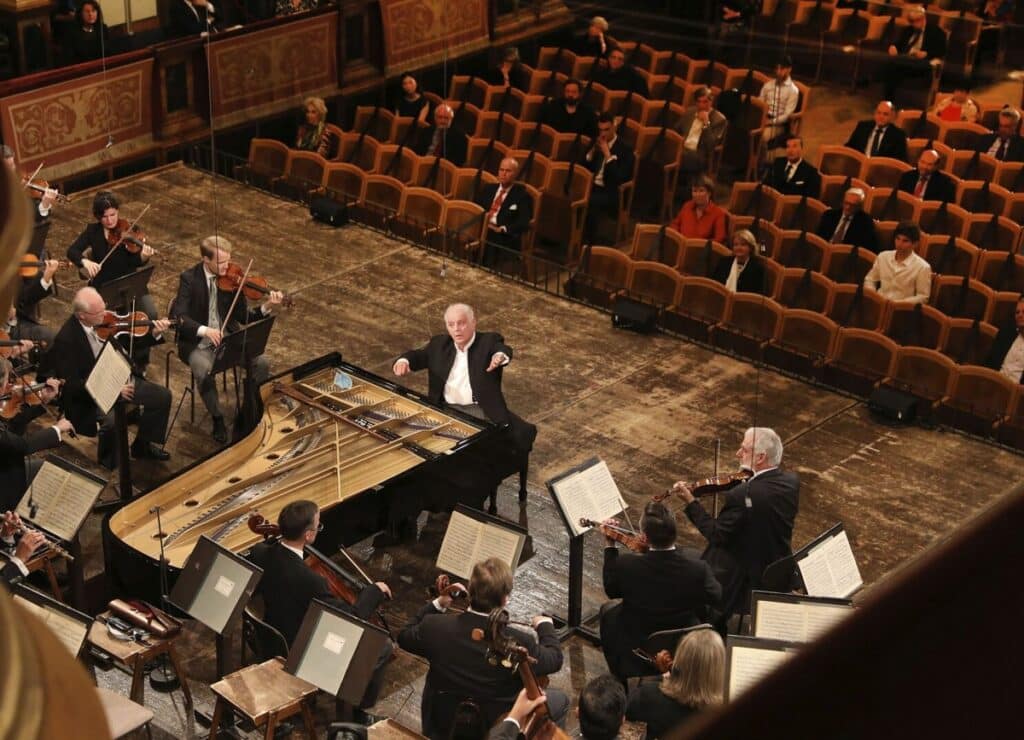
The Vienna Philharmonic was founded in 1842 and today it’s widely considered to be one of the best in the world. Its members are selected from the Vienna State Opera. Attending a concert here is one of the most memorable experiences you can have while visiting Austria.
Some of the treasures that are housed at the Philharmonic Orchestra include the founding degree of the Vienna Philharmonic, the program of the first concert held on the 28th of March 1842, and the first photo of the orchestra taken in 1864.
Hofburg Palace
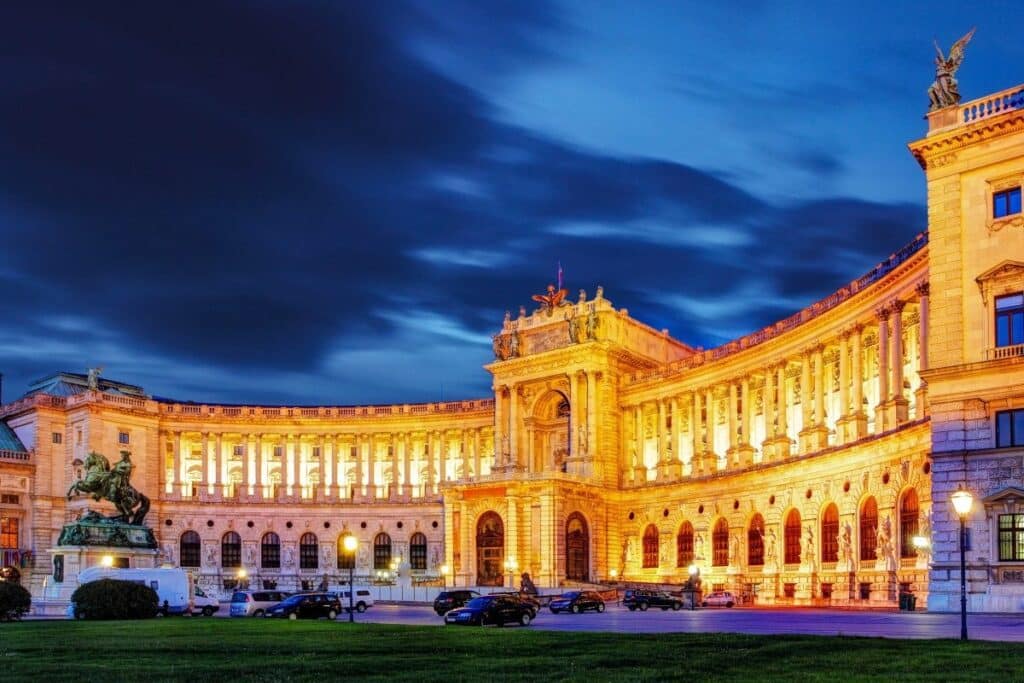
This place in Vienna was the seat of Austria’s monarchy, the influential Habsburgs. The palace itself is an architectural masterpiece displaying different architectural influences over the centuries. As every Austrian ruler requested additions to the palace, you’ll find elements of Gothic, Renaissance, Baroque, Rococo, and Classicism influences.
The complex has 2600 rooms and 19 courtyards covering 59 acres. Highlights include the Sisi Museum, which tells the story of Empress Elisabeth. The Imperial Apartments is also worth a visit as it encompasses the 19 rooms that were once home to Emperor Franz Joseph and his spouse.
Schönbrunn Palace
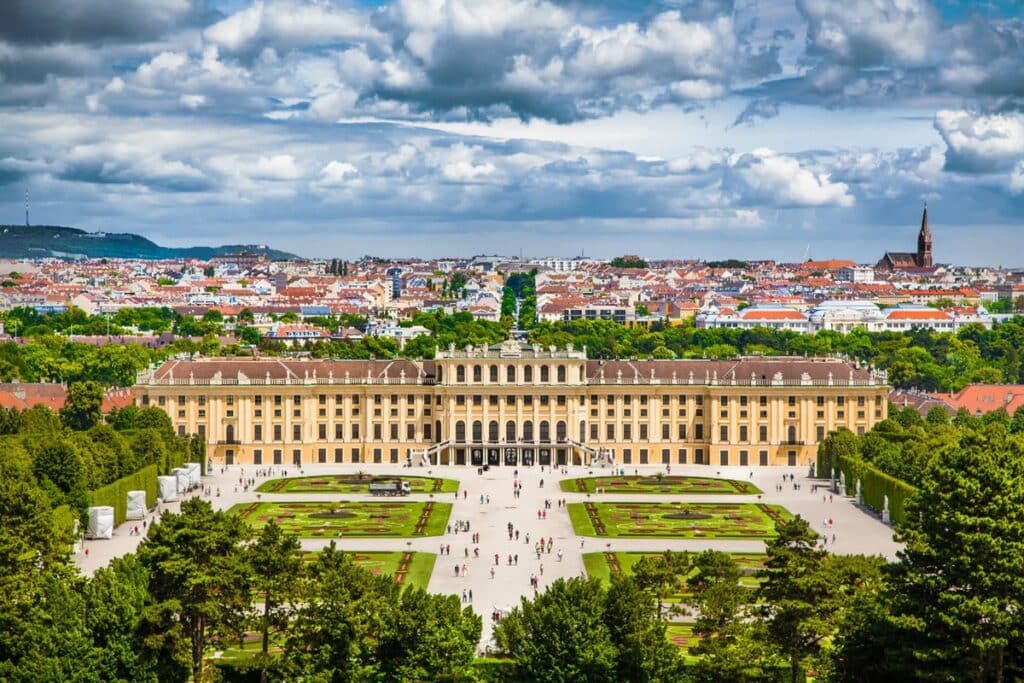
The Schönbrunn Palace is a beautiful Baroque palace completed in the early 1700s. Empress Maria Theresa eventually converted the castle into a summer residence. The entire palace and garden complex is listed as a UNESCO World Heritage Site.
Given that it’s located on Vienna’s outskirts and it offers the visitor so much to see plan enough time to tour the site at leisure and take in all the palace has to offer. The palace has 1441 rooms, of which 40 are open to the public. The garden complex covers 500 acres of parks and gardens.
Belvedere Palace
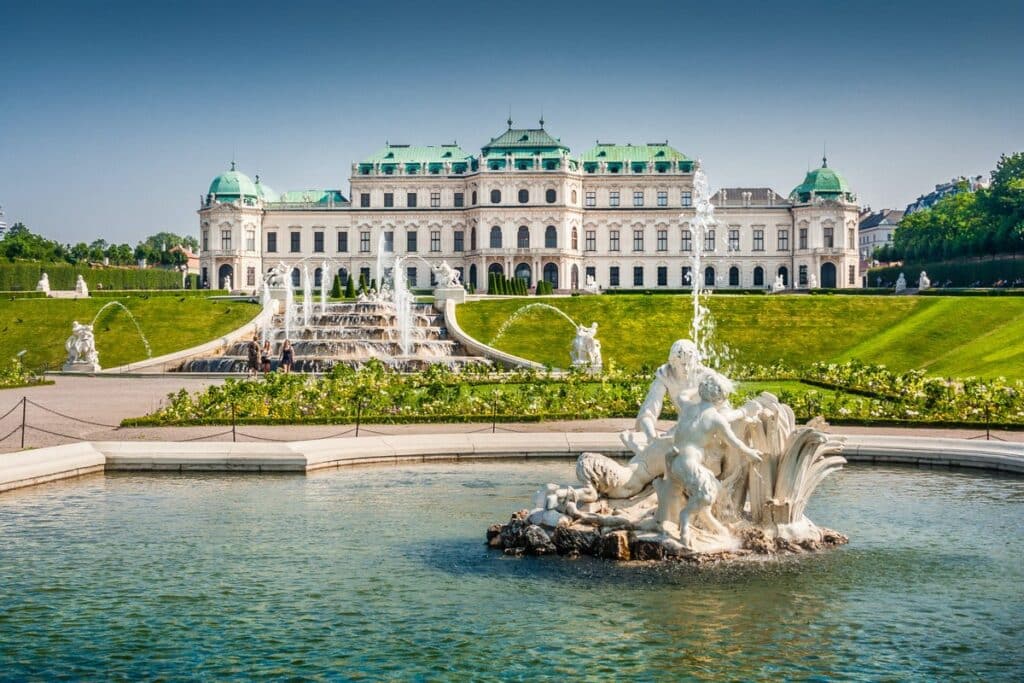
The Belvedere Palace is one of the country’s top attractions, and if you are in Vienna, you simply can’t miss out on seeing this beautiful palace. The palace is divided into two sections: the Upper (Oberes) and Lower (Unteres) palaces.
Each of the two palaces offers something different, so if you are short on time, research what you’d like to see most upfront.
The Upper Palace has the most extensive collection of artworks. Other highlights include the spectacular Ceremonial Staircase and the Sala Terrena. The Lower Palace’s highlights include the Marble Gallery and a second Marble Hall.
Melk Benedictine Abbey
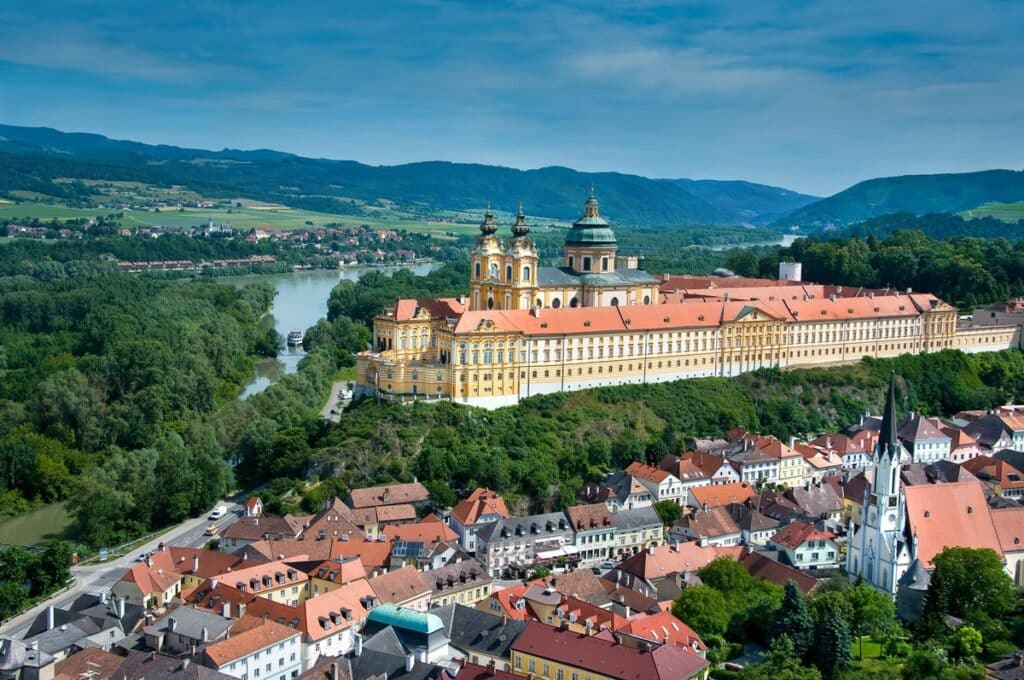
Melk Abbey is one of the most well-known monastic sites in the world. This massive 325 m (1066 ft)-long complex is spread out around seven courtyards. It dates back to 1089, but the Baroque abbey that you find here today was built between 1702 and 1736.
The abbey has been home to a monastic school since the 12th century. The school’s alumni include many notable Austrian writers, musicians, painters, and composers. Today it’s still operating as a school making it the oldest continuously operated school in the country.
Vienna State Opera House (Wiener Staatsoper)
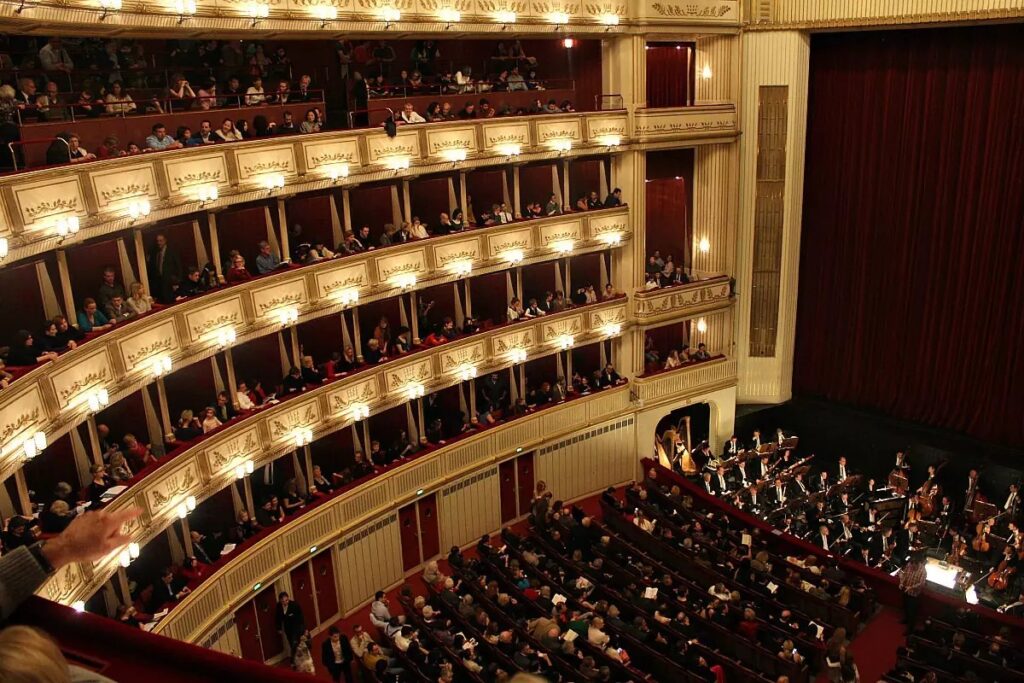
Vienna’s opera house is one of the world’s largest and most renowned theaters. It can seat an audience of 2211 in addition to 110 musicians. If you are in Vienna, there is a big chance you would be able to attend a performance as opera or ballet performances are staged at least 300 times a year.
The current building dates back to 1869 and it’s known for its French Early Renaissance style. When inside pay attention to the grand staircase and the splendid Tea Room with its exquisite tapestries.
Ball Season
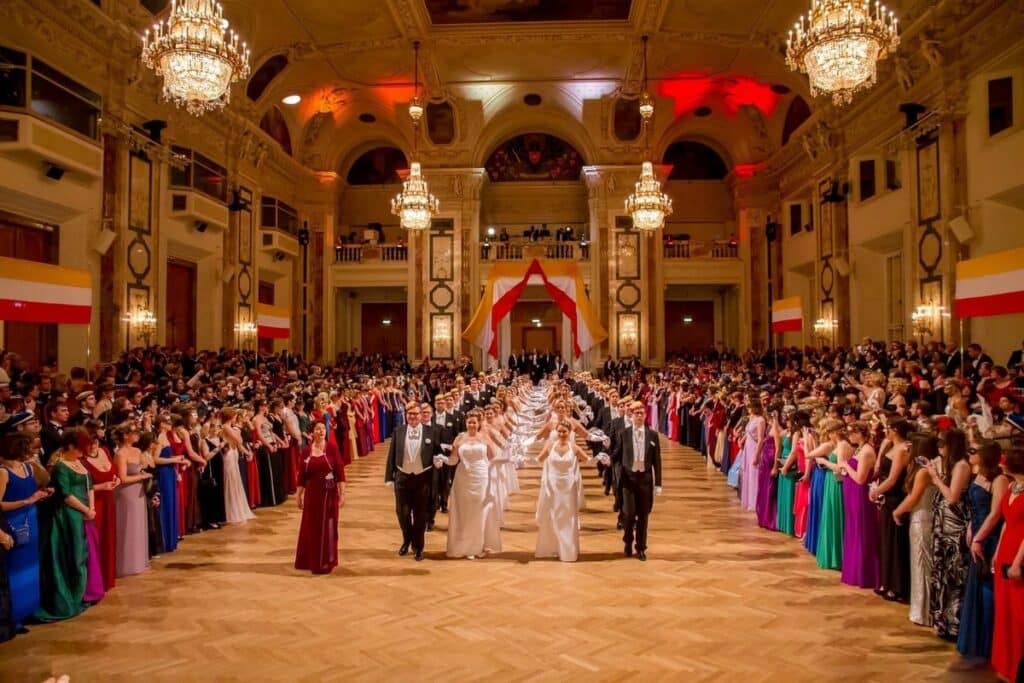
Austria is known for its high-brow culture and one of the best examples of this is the many balls held here. Vienna is the epicenter of this with more than 400 balls happening here every winter.
Not only locals attend these balls, but visitors from all over the world. It’s not only dancing that attracts dance-loving visitors, but it’s a whole experience right out of the 18th century. There is a special ceremonial program complete with courtly customs and visitors have to adhere to a dress code.
Quirky traditions: Almatrieb, the Annual Cattle Procession
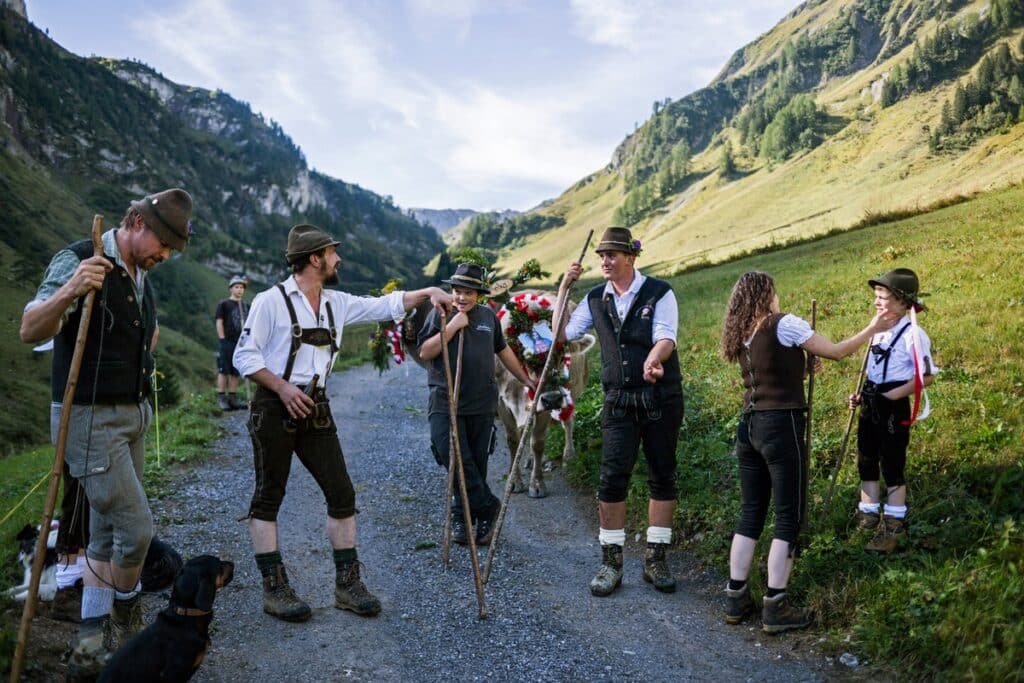
In the Alpine region of Austria, a cattle procession called the Almabtrieb is held every year. Cattle that normally spend the summer in the Alps are escorted down the valley at the end of August / September.
The most striking feature of this procession is the colorful decorations of the cattle. They wear headgear made out of leaves and flowers that are found in the Alpine meadows. Colorful ribbons and mirrors are added to the cowbells that are said to keep bad demons away as they make their way down the valley.
Yodeling
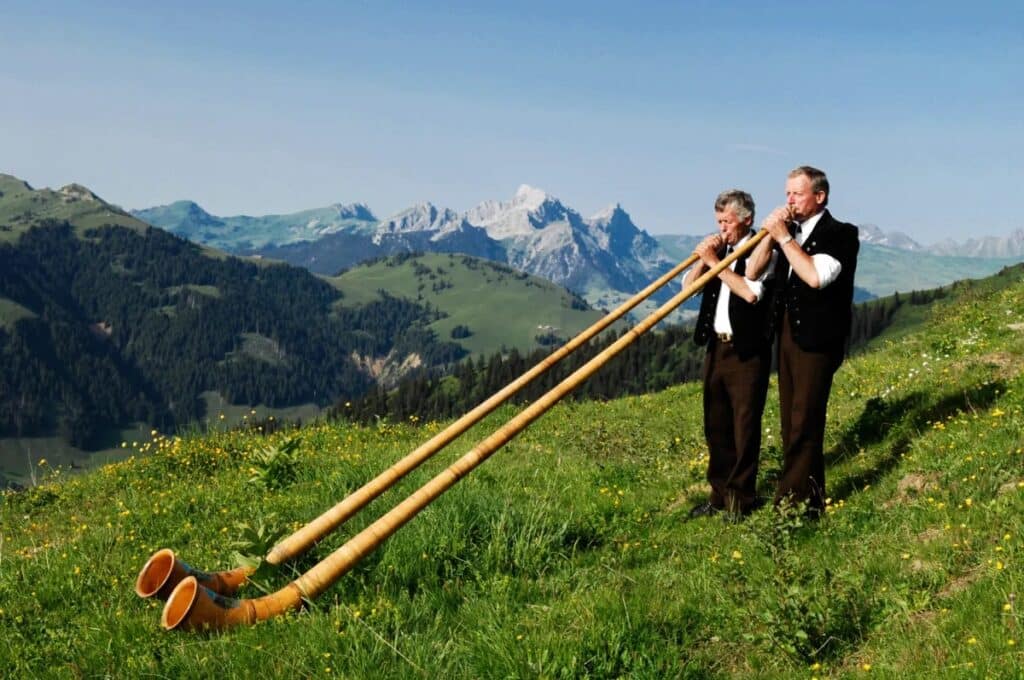
Yodeling is a type of vocal performance that consists of rapid and repeated changes in pitch. Yodelling has its origins in mountainous regions where it was used as a way to communicate over distances. It doesn’t have any text and it’s solely based on syllables (“hol-la-di-o, dul-je, dje-ho-ri-ridl, di-ri-di-ri-a-ha”).
Yodeling can be found in the different regions of the Alps, but in Austria, it’s primarily found in Styria and Tyrol. It also has distinct local names depending on the region. In Styria, it’s known as Wullaza, in Upper Austria as Almer and in Lower Austria, locals call it Dudler.
Vienna Boys’ Choir
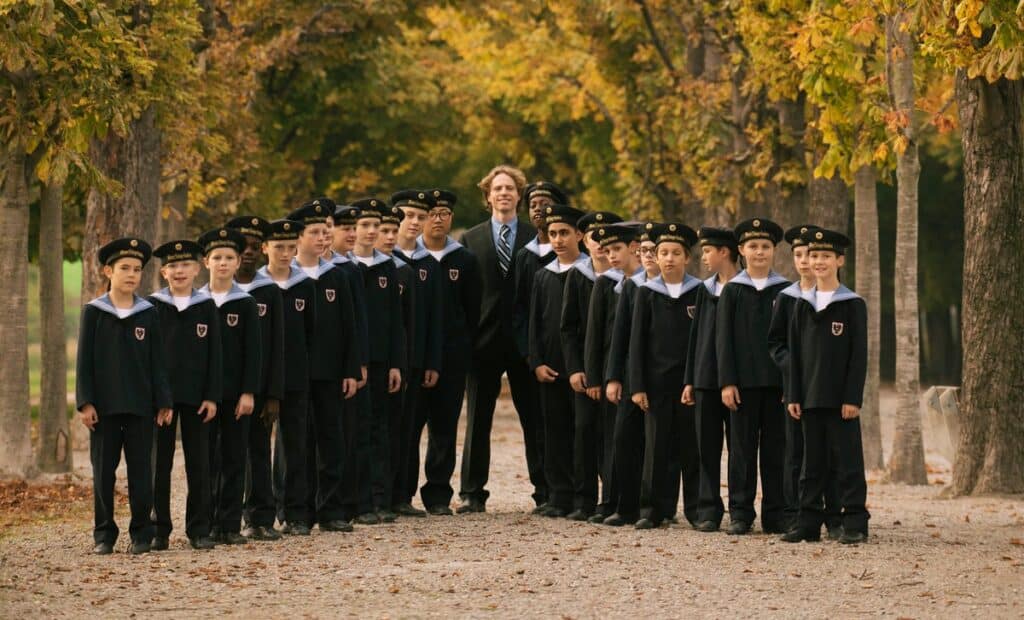
The almost century-old Vienna Boys’ (German: Wiener Sängerknaben) was founded in 1924. Although its history actually dates back much further to 1498 when Emperor Maximillian I laid the foundation stone for the Viennese Court Music Orchestra.
It’s a choir of boy sopranos and altos based in Vienna and it’s one of the top boys’ choirs worldwide. While most of the boys are Austrian there are also members from many other countries.
The choir consists of approximately 100 boys between the ages of 10 and 14 organized into four concert choirs. While they travel often, they regularly give performances in Vienna as well.
